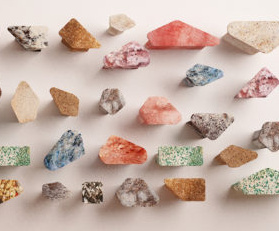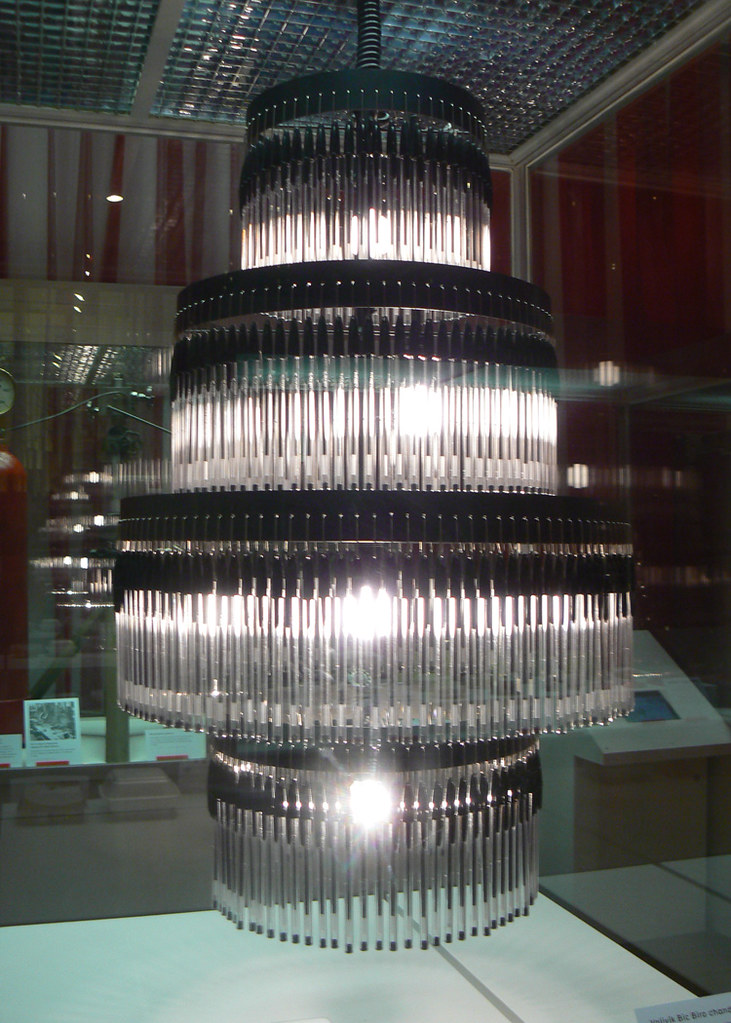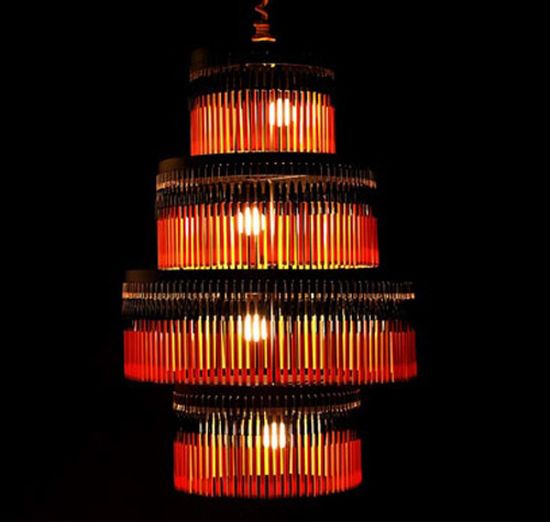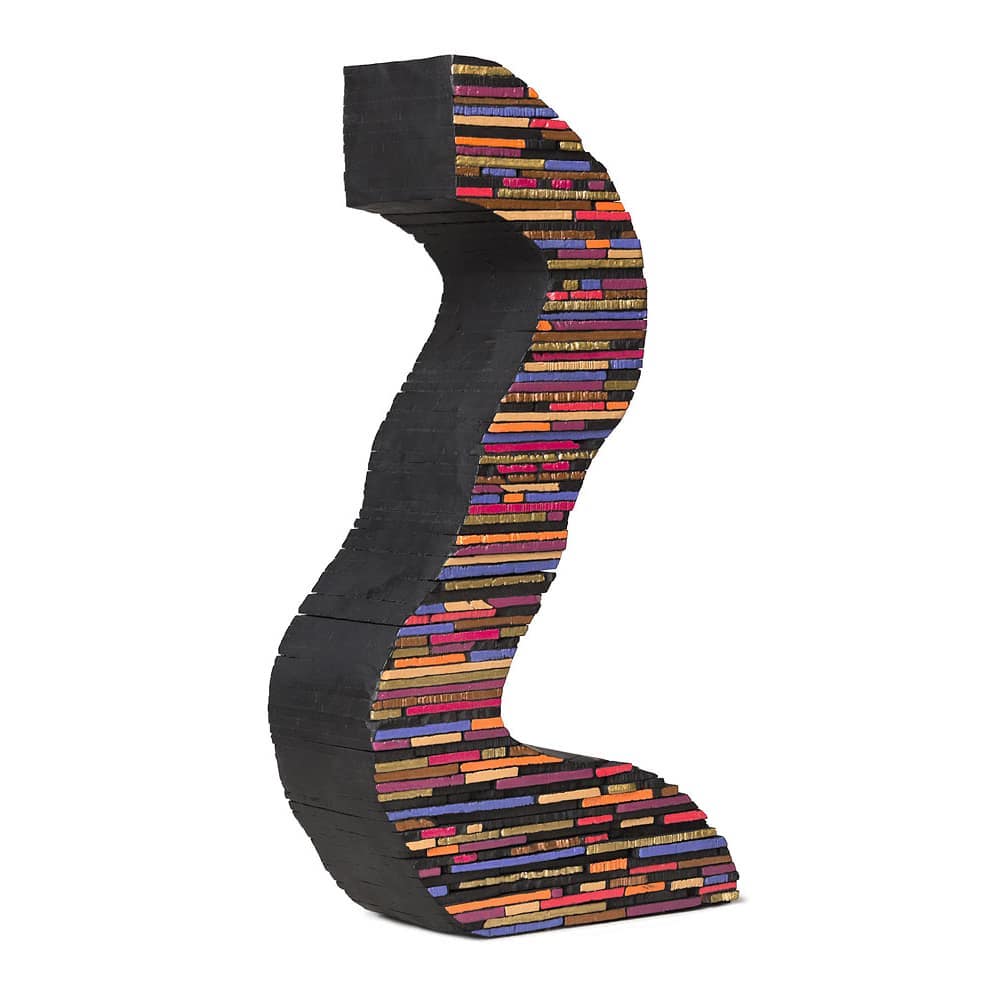From renewing the old to inventing the new, artists and designers are creating the materials of our future.
We’ve defined the problem, oh, how we have defined the problems of climate change, habitat loss, plastic-filled oceans, and so forth. Yes, we humans are altering the planet in ways that don’t look promising for our future, or our kids futures for sure. It’s a big call to action. See some of my earlier posts to dig further into the art and actions for climate, plastic pollution or endangered species.
However, sometimes it all seems abstract – 2 degrees celsius global temperature rise – and far away – 2030. How about things you can touch, right now, that are cool to look at, fun to use, feed the soul, and don’t create trash we can’t figure out what to do with? YES! The future is here, or at least the first tiny bits of it. What was once trash is now redefined as “raw material”, and renewable isn’t just for energy, it encompasses ingredients for daily living that grow rapidly (such as bamboo or corn).
Sustainable Materials for a Sustainable Future
I went on a search for new green materials, particularly plant- or waste-based low-carbon options. I found two that are almost poetic in their simplicity, resourcefulness and luster!
Shell Homage: Rania Elkalla
German designer Rania Elkalla created Shell Homage, a new bio-plastic from organic waste – egg shells and nut shells. The resulting material can be used to fabricate a variety of industries from art and interior design to consumable goods and jewelry. The material is also biodegradable so could help eliminate the plastic pollution problem. See more on YouTube here.

Shell Homage, image courtesy of Rania Elkalla. 
Shell Homage artful shelving won the Italian A Award.
What was once trash is now redefined as “raw material”, and renewable isn’t just for energy, it encompasses ingredients for daily living that grow rapidly (such as bamboo or corn).
Fernando Laposse – Tomomxtle
The Totomoxtle veneer panels are made from corn husks with warm variegated tones. The whole process of farming, harvesting and creating the art and furniture with this material helps preserve heritage corn varieties and boost the economic outlook for the farmers in Tonahuixtla, a small village of Mixtec farmers and herders in the state of Puebla. This is a win on so many levels, good for people, planet and prosperity. This is what we need more of. Great design and art have the power to transform us, our communities, our world.

Art, furniture, architectural veneers – made with the husks of heritage corn that boosts the local economy of a rural Mexican region. That’s an eco material! Image courtesy of Material District here >>Totomoxtle.
A low-carbon future also means using less raw materials, and using and reusing them wisely. This set of art and design touches on mining for materials in the waste ends and disposable detritus of our society.
Nick Lopez Studio
Nick Lopez turns reclaimed wood scraps into sinuous sculptures and furniture that are truly greater than the sum of their parts.
En Pieza
Given the plastic pollution problem, turning disposable office stationary items into glowing light fixtures sounds like a great idea. Volivik is the elegant offering from Lucs Muñoz at Spanish design studio En Pieza. Constructed of 347 Bic pens – the elegant eco chic chandelier maintains the expected reflections and sparkle of crystal. Reused clips are used in the structure also.

Bic Pen Chandelier, photo by Elliot Scott. 
DO|SU Studio
Averting global climate change will require materials with even more carbon cutting potential – on much larger scales. Art can help build acceptance and excitement for changes in industry, building and transportation. The high tech-low tech materials of DO|SU Studio are some I hope gain ground! Architect Doris Sung seeks to make “passive architecture active”. Sung is developing smart materials, such as thermal reactive metals, that allow building walls or other features to self-manage air flow, shading, or even assembly, in response to temperature changes. See some of Sung’s kenetic and sculptural building materials here.
See more MATeRIAL art & design at The Art of Sustainability on Instagram.
These are just a few highlights to wet the appetite – for new green materials that can thread through our everyday lives. Let’s unleash the powers of our big human brains, all that renewable energy called creativity and imagination. Let’s make the Anthropocene a turning point, not the end. In a future where the world went on a carbon diet, was it dwelling on what we gave up that made us change, or did we use some of these new materials and methods as inspiration to chart new courses? I’m banking on the latter, and look forward to using my time, energy, and creativity to create, support or promote new eco art, design, travel, food, buildings, transit, and more.



